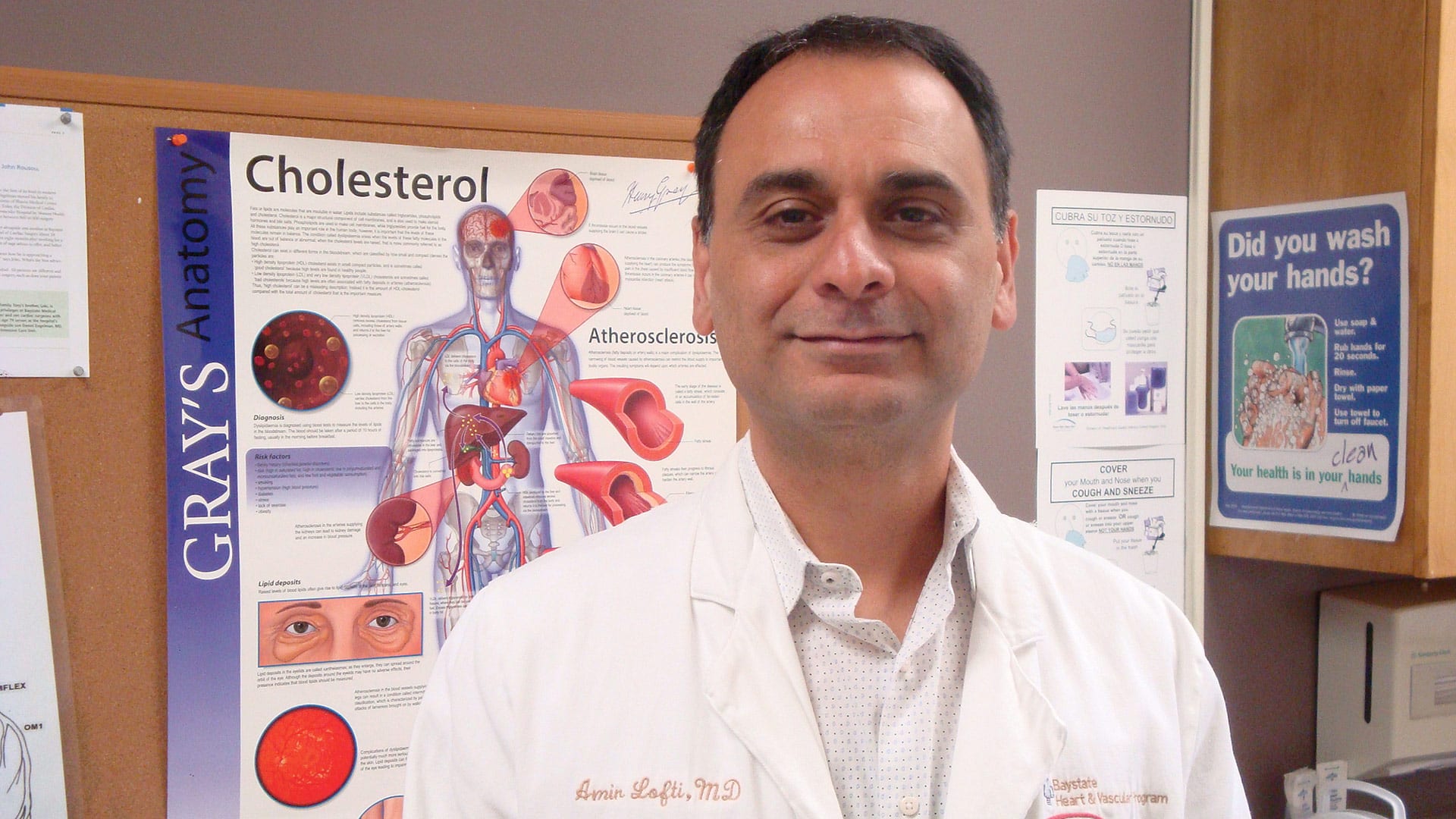Getting the Conversation Started
MHA Urges Checkups During Mental Health Awareness Month
Members of the community will have an opportunity to talk with a qualified mental-health professional at no cost or obligation when MHA sets up camp in the food court at Tower Square, 1500 Main St., Springfield, on Thursday, May 16 from 10 a.m. to 1 p.m. Qualified professionals will be available to anyone who wants to learn more about emotional wellness, MHA services, MHA’s new BestLife Center for Emotional Wellness at 153 Magazine St. in Springfield, or anything else related to feeling well as a whole person.
“Most of us are in tune with how we are feeling physically, and we also should be in tune with how we are feeling emotionally,” said Sara Kendall, vice president of Clinical Operations for MHA. “Since it’s Mental Health Awareness Month, MHA wants to help people in the community by providing this opportunity to start a conversation with a qualified professional. Our people will be in the Tower Square food court in comfortable camp chairs, and anyone who’s interested can sit down and start a conversation about mental health, emotional wellness, or whatever’s on their mind. We’re reaching out in a public space where members of the community can start talking about feeling well as a whole person.”
Kimberley Lee, vice president, Resource Development & Branding for MHA, noted that “the food court at Tower Square is a natural meeting place in the downtown neighborhood. Every day, you’ll find a wide variety of people there, including young professionals; more mature workers; maintenance folks; people coming in to see their doctor, attorney, or financial advisor; hotel guests; and even people who come to sip coffee and people-watch. We’re inviting people from upstairs, from across the pedestrian bridge at Monarch Place, and from throughout the downtown neighborhood to come see us and start a conversation.”
She encouraged those unable to stop by to contact MHA at (844) 642-9355, bestlife@mhainc.org, or www.mhainc.org/bestlife.
“Just as we take opportunities throughout the year to visit our primary-care physician for a checkup and our dentist for oral care, we should make time for a mental-health check-in,” Kendall said. “It’s also important to check in with those around us, including those we love, people we work with, our friends, and our neighbors. Feeling better can begin with a simple conversation, so come see us on May 16, and let’s start talking.”
American Stroke Month Emphasizes Recognizing the Signs
Act FAST
American Stroke Month Emphasizes Recognizing the Signs
During American Stroke Month, the American Stroke Assoc., along with other health and government organizations, are ramping up the message that stroke is a leading cause of death and a leading cause of preventable disability — with the emphasis on that word ‘preventable.’
More than 7 million adults in America have had a stroke, and someone has a stroke every 40 seconds. However, up to 80% of clot-related (ischemic) strokes may be preventable. That means the vast majority of stroke deaths and disabilities never had to happen.
According to the American Stroke Assoc., prevention starts with awareness. High blood pressure is the most common controllable cause of stroke, yet nearly half of all adults in the U.S. have high blood pressure.
Even after a stroke, survivors can take measures to prevent another stroke. While one in four stroke survivors eventually have a second stroke, those second strokes are often largely preventable with a healthy lifestyle. For example, survivors stopping their daily aspirin dose can increase their risk of having another stroke by 37%. Ask your doctor if aspirin can help you reduce your risk of having another one, and follow his guidance.
Fortunately for those who suffer strokes, treatment is more advanced than ever before. Stroke patients who receive the clot-busting drug alteplase (also known as tPA) within 90 minutes of symptom onset are almost three times more likely to recover with little or no disability.
Under new guidelines, more stroke patients may be eligible to receive tPA to decrease disability, if given promptly.
In addition, new stroke guidelines have increased the time frame for patients to qualify for treatment using a clot-removal device to recover with little or no disability.
Still, urgency is required during a stroke event. In most cases (66% of the time, in fact), someone other than the patient makes the decision to seek stroke treatment. Calling 911 is the fastest proven way to access treatment because hospitals are set up to treat stroke patients arriving by ambulance.
Demographic disparities remain, however. In the ‘stroke belt,’ an 11-state region in the Southeast U.S., the risk of stroke is 34% higher for the general population. African-Americans are most likely to die from stroke, while stroke death rates in Hispanics have been rising as well.
The American Stroke Association’s Together to End Stroke initiative, nationally sponsored by Medtronic, is dedicated to elevating awareness of the most common warning signs and symptoms of stroke by teaching the acronym FAST, which outlines the signs to look for in someone having a stroke: F, face drooping; A, arm weakness; and S, speech difficulty. If you see any of those, T: time to call 911.
When it comes to spotting stroke and getting help, the faster, the better. That’s because prompt treatment may make the difference between life and death — or the difference between a full recovery and long-term disability. If you already know how to spot a stroke FAST, American Stroke Month is your chance to teach others.



